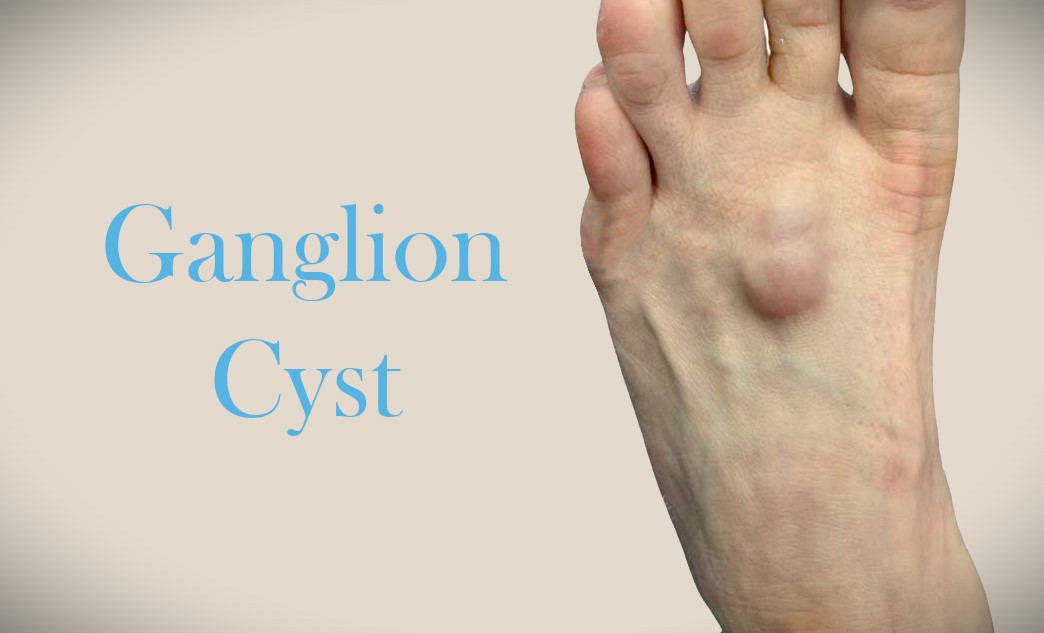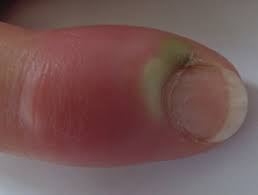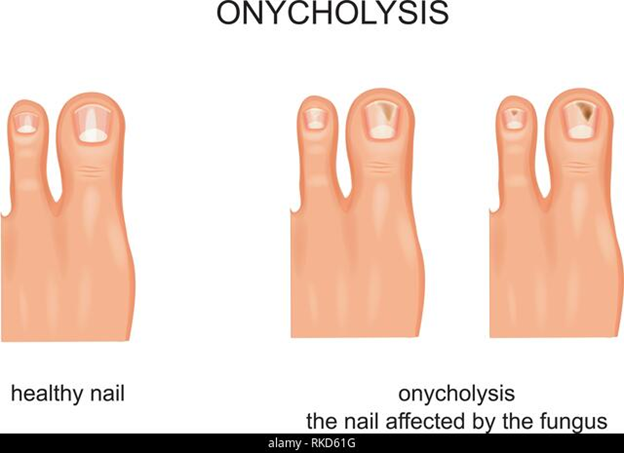Growing Pains: Common Signs in Children
Growing pains in children usually appear as intermittent bouts of discomfort or pain in the legs, particularly in the calves or behind the knees. Children may describe the pain as hurting or throbbing, and it frequently occurs in the late afternoon or evening, occasionally interrupting their sleep. It’s most common in children aged 3 to 12. They frequently appear during growth spurts when bones and muscles are quickly developing. Although the strength and frequency of growing pains varies between individuals, they tend to reduce and eventually cease as the kid enters puberty. It is important to notice that increasing pains do not produce swelling, redness, or limping.
How can parents tell the difference between growing pains and other foot-related illnesses in their children?
It might be difficult for parents to distinguish between growing pains and other foot-related issues. While growing pains typically affect both legs, foot disorders such as plantar fasciitis or flat feet can produce discomfort in specific parts of the feet. Consultation with a podiatrist can assist with identifying the source of the pain and providing appropriate treatment choices.The exact cause of growing pains is unknown. According to some beliefs, growing pains are caused by overuse or tiredness of the muscles and tendons during periods of rapid growth. Others believe it is caused by minor inflammation or increased sensitivity of the nerves in the legs.
Are there any preventive actions that can help children manage growing pains?
While it may not be able to totally avoid growing pains, there are methods for reducing discomfort. Regular physical activity, such as stretching exercises or low-impact activities like swimming, can help maintain muscles supple and pain-free. Getting enough sleep and adopting a healthy lifestyle with a balanced food can also help with general well-being.
Can growing pains affect parts of a child’s body other than the feet?
Growing pains are most commonly felt in the legs, although children may also experience discomfort in other regions, such as the thighs or shins. It’s important to remember that if a child experiences pain in joints or other regions of the body, it could be a sign of a more serious condition that should be investigated by a physician.
Helpful Tips
Stretching activities might provide relief from increasing pains. Calf stretches and modest knee-to-chest exercises can help relieve muscle tension and increase flexibility. A podiatrist or physical therapist can provide individualised workouts based on the child’s specific needs. Topical pain medications, such as fisiocrem, can also provide some help.While there is no single dietary item that is directly linked to growing pains, eating a good, balanced diet is essential for general growth and development. Providing appropriate calcium, vitamin D, and other critical nutrients to youngsters might benefit bone health and potentially minimise the intensity of growing pains.
When should parents seek medical attention?
The majority of cases of growing pains in children can be treated at home using self-care approaches. However, if the pain persists, interferes with everyday activities, or is accompanied by other troubling symptoms such as fever, edoema, or limping, it is critical to get medical attention. A podiatrist or paediatrician can evaluate the kid, do any necessary tests, and offer appropriate advice or treatment choices to address the underlying cause of the pain.
At Hurst Podiatry, we understand the unique concerns parents have when it comes to their children’s foot health. Our experienced podiatrists can accurately diagnose and provide appropriate treatment options for growing pains or any other foot conditions that may be causing discomfort.
Remember, if your child is in continuous or severe pain, or if there are any troubling signs, it is critical that you seek professional medical attention. By collaborating with us, parents can gain valuable insights and personalized care plans to ensure their child’s optimal foot health.
Our dedicated team is committed to delivering compassionate treatment and experience to assist your child in overcoming growing pains or any other foot-related concerns they may have. Make an appointment with us immediately to ensure your child’s feet are being cared for. Don’t let your child’s active lifestyle be hampered by growing pains.






